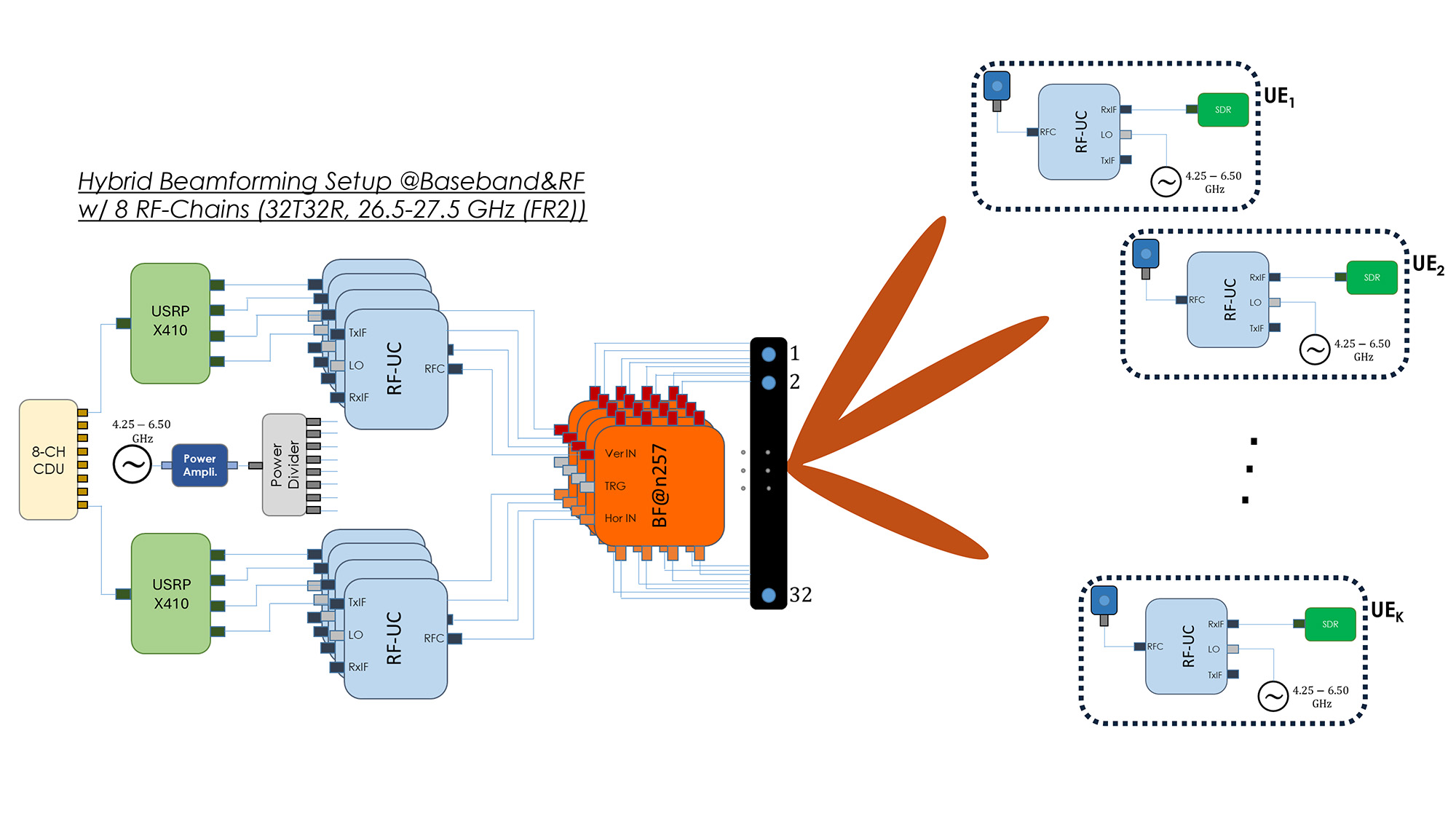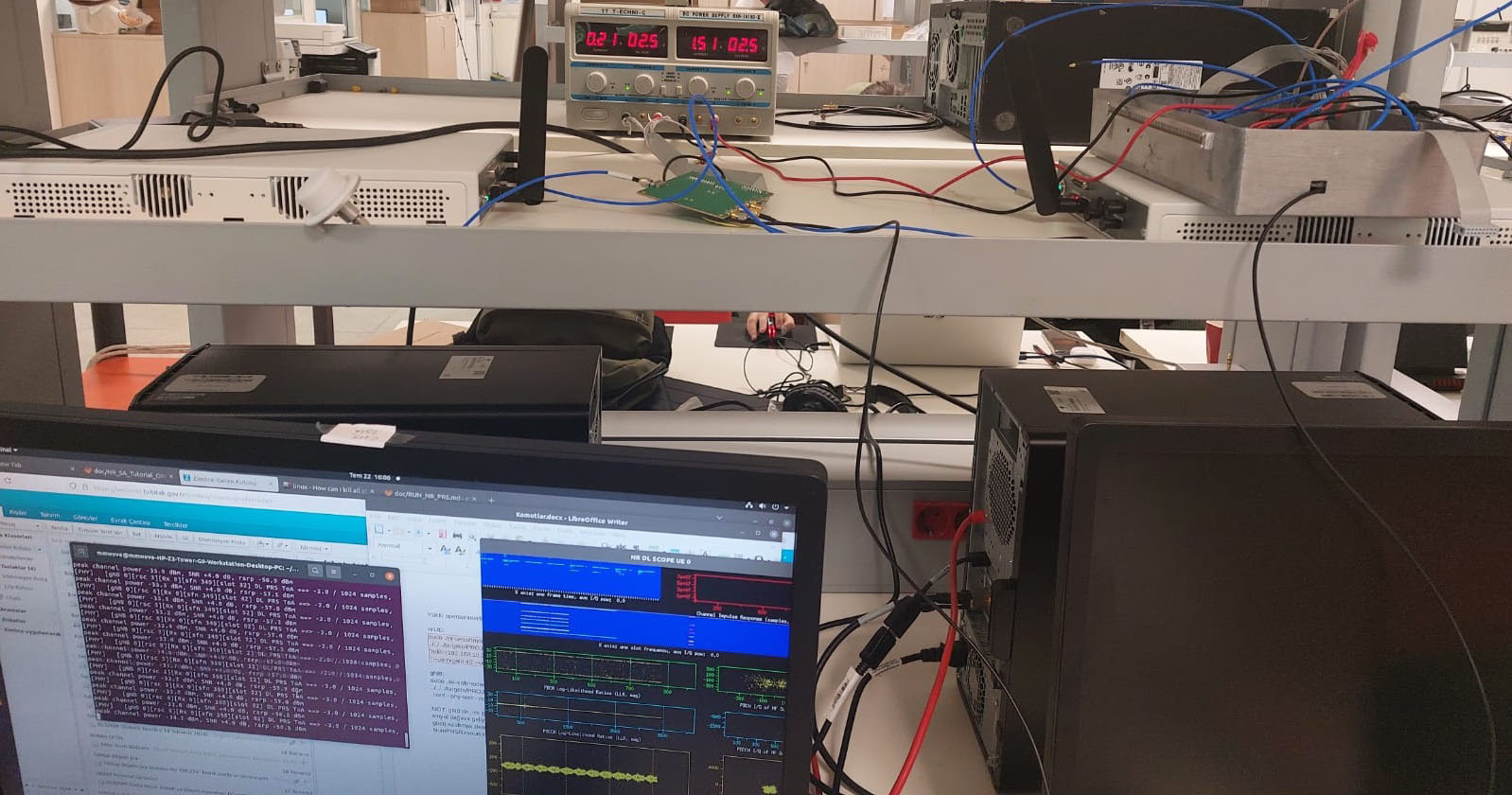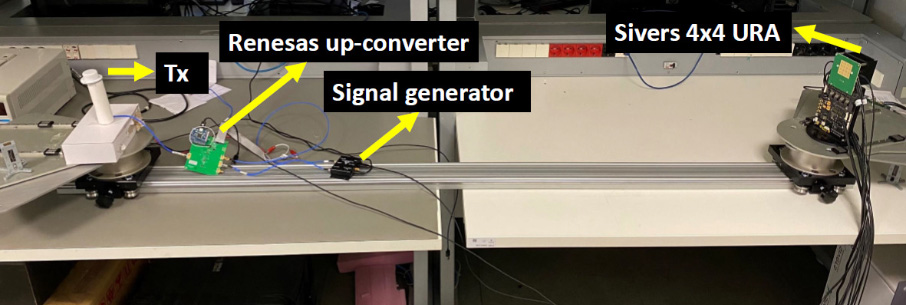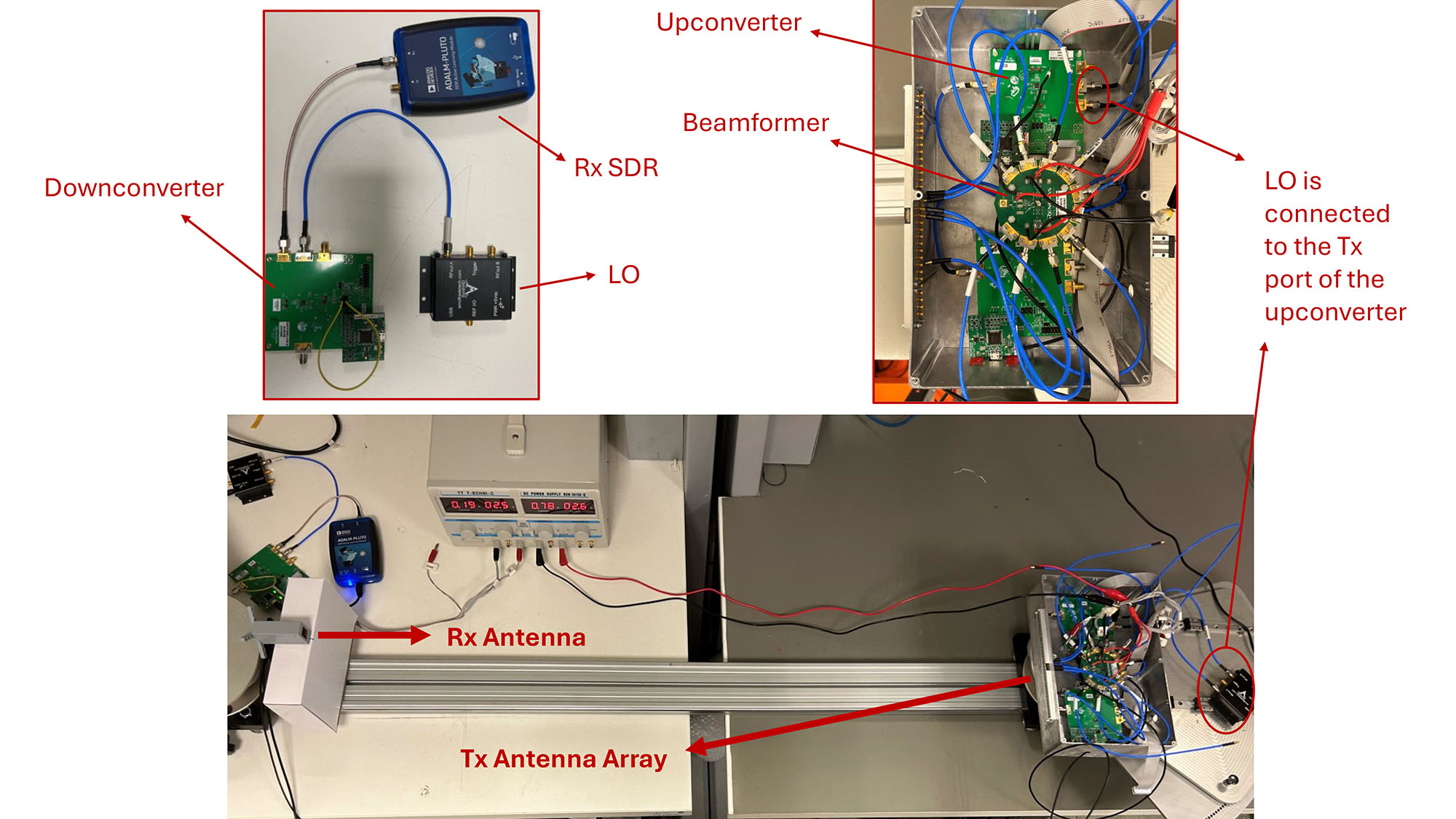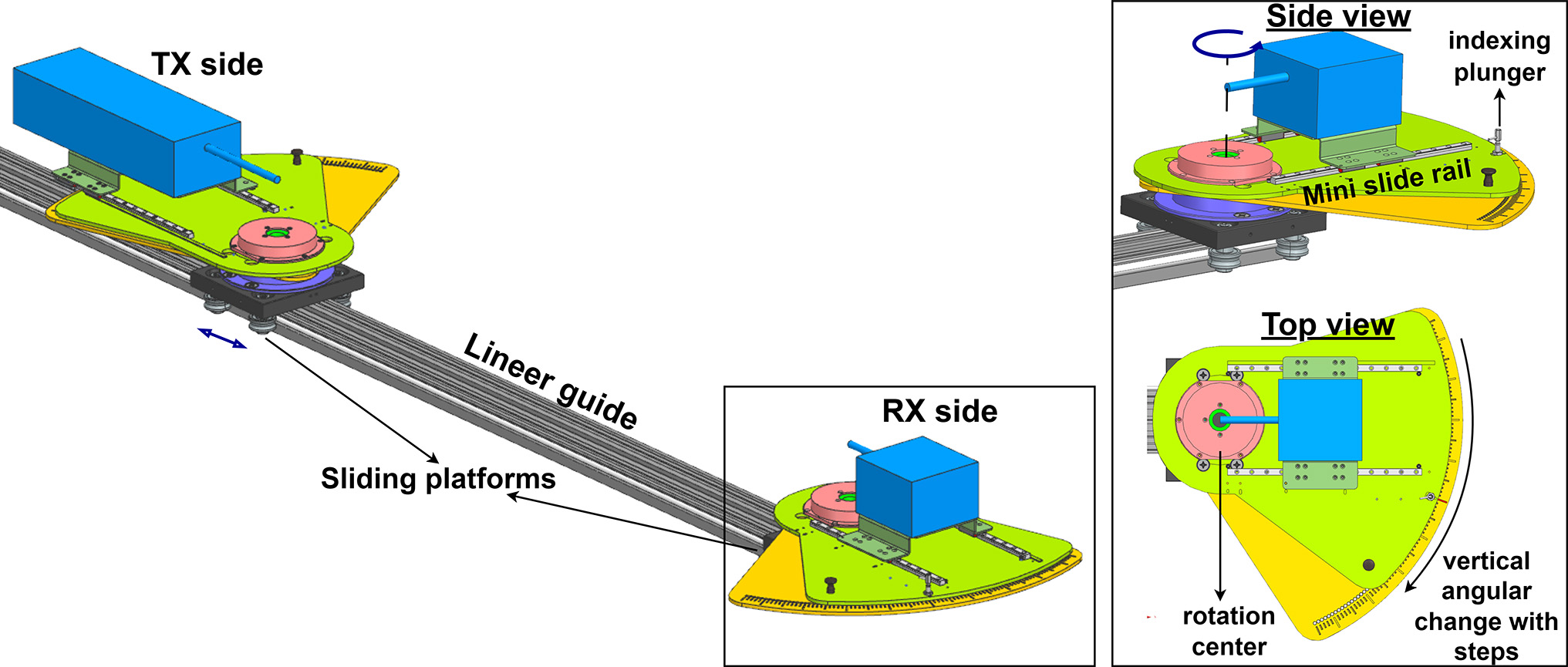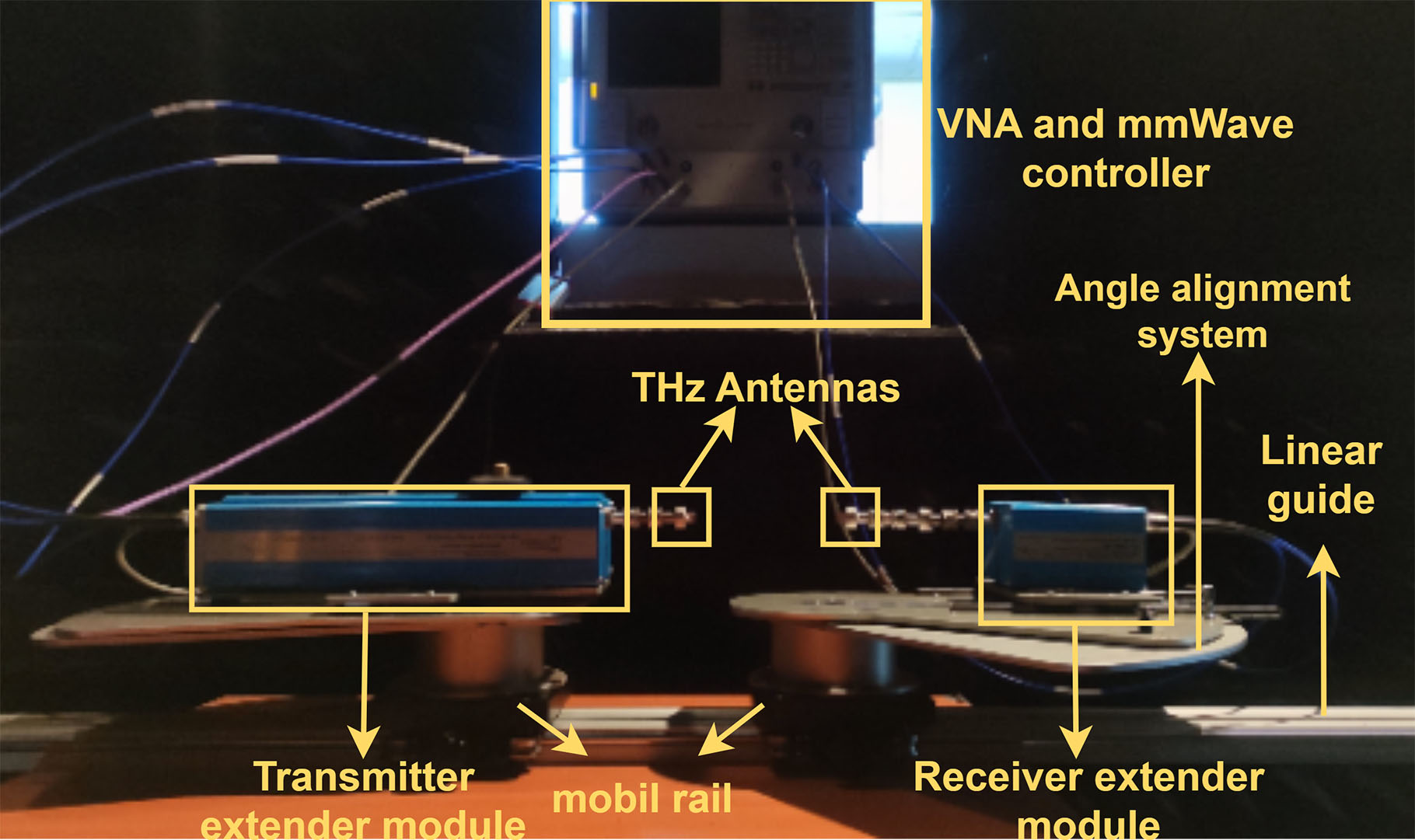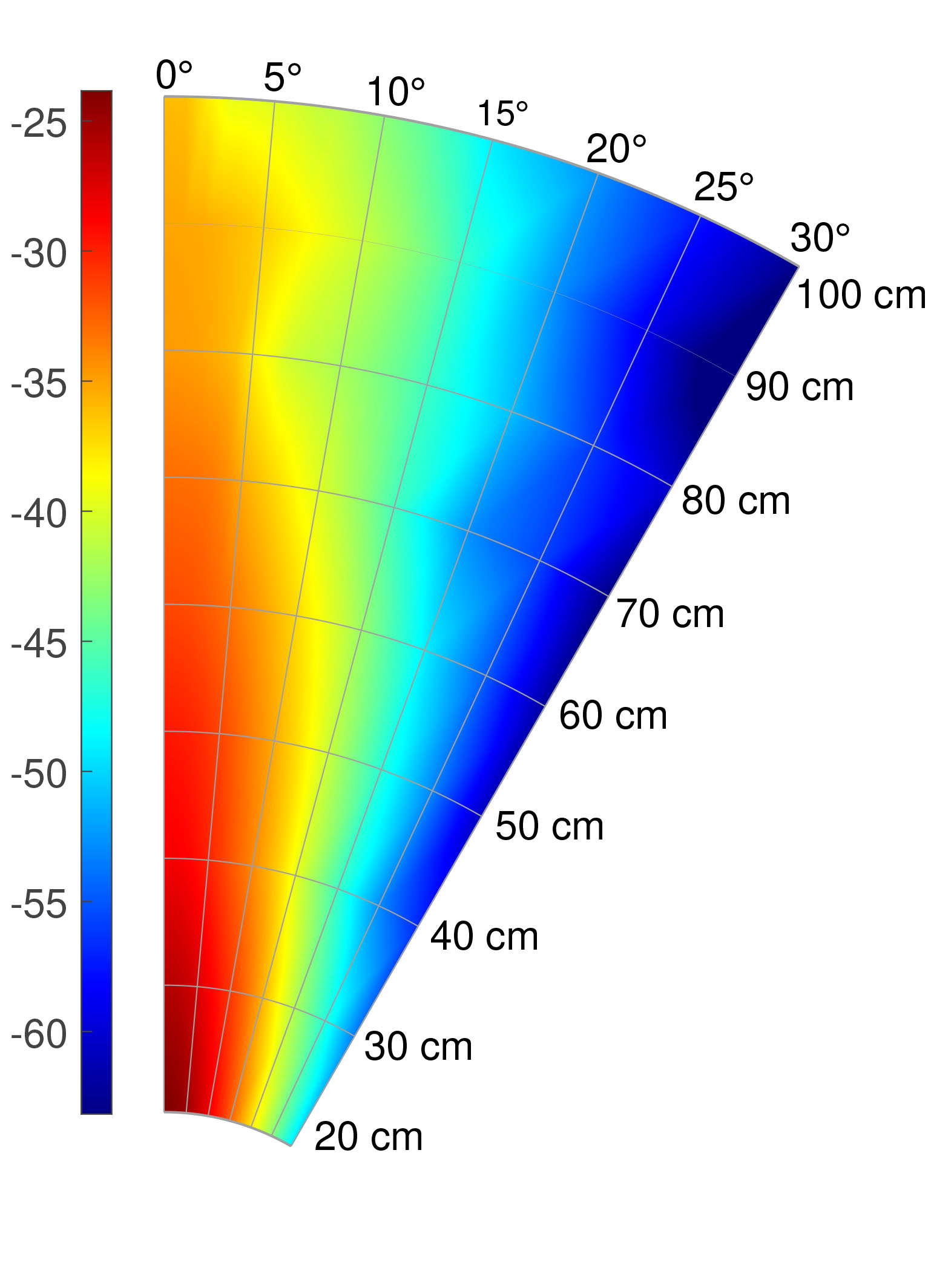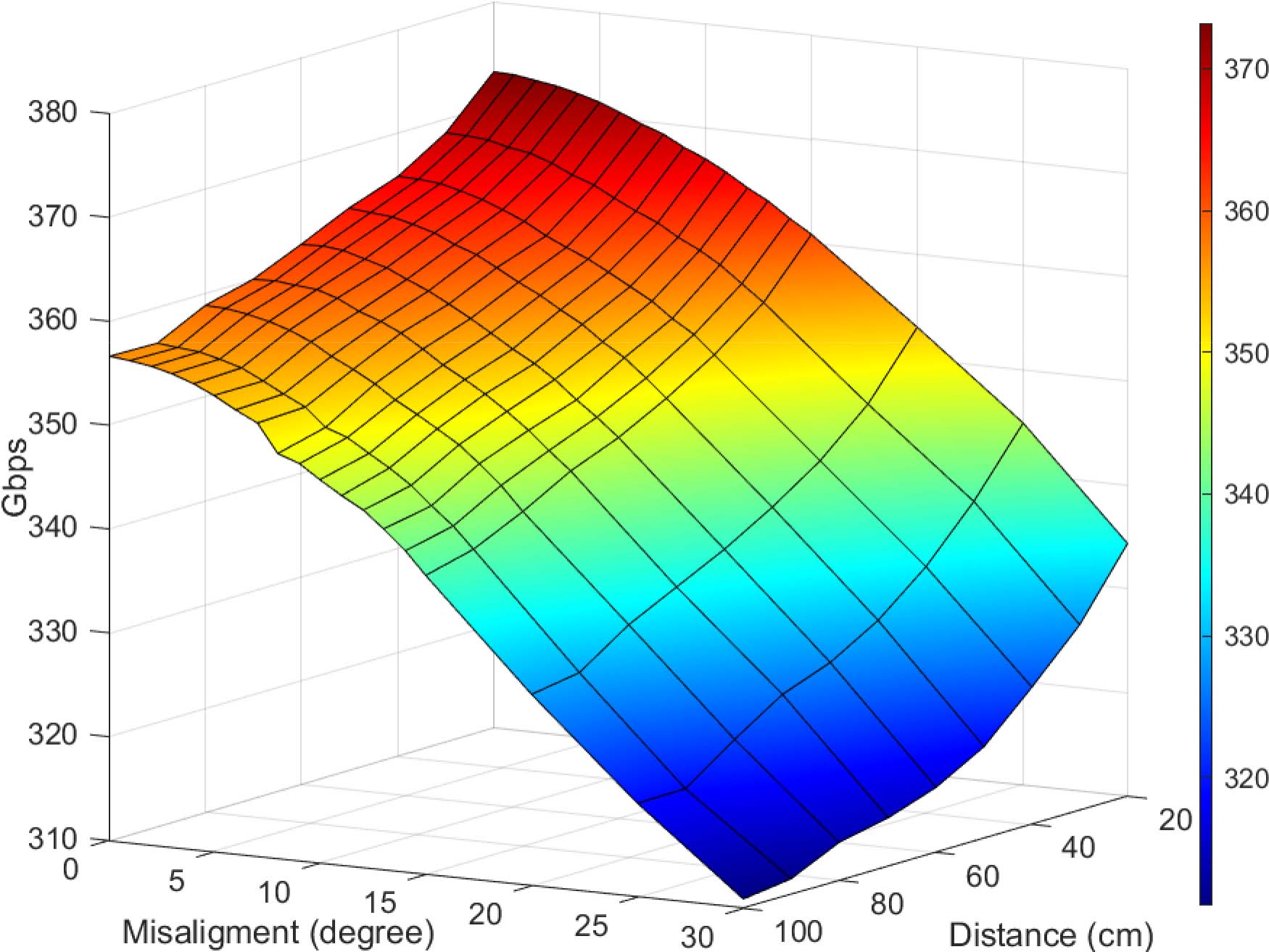R&D
mmWave and Terahertz Communication Applications for 6G and Channel Measurements
5G FR2 End-to-End Transmission
We have been working on waveform design for this setup and real-time implementation using open-source 5G emulators including Open Air Interface (OAI). The waveform generated by the computer is sent to the SDR which generates sub-6GHz signal, and then transmitted over the mmWave frequency bands using an upconverter and an analog beamformer.
Beamforming Algortihmic Studies
An experimental study focused on reducing the size of analog beam-steering codebooks has been recently conducted. Real world beamforming measurement data of mmWave-frequency signals were obtained from the setup. The data were used during the validation and development processes of the codebook refinement technique. Experimental results derived from the data gave practical insights regarding the relationship between loss in gain and reduction in codebook size.
RIS-Assisted mmWave Setup
A varity of measurement setups has been built at HISAR laboratory using different combinations of the hardware. A PoC setup for RIS-supported indoor communication is built. EVM improvement in 5G FR2 waveform with 256 QAM modulation is verified.
mmWave Signal Generation Studies
In another work, the general characteristics of generated mmWave signals were investigated. A novel modulation scheme using analog beamformers is developed and proved to overperform conventionally modulated signals.
Sub-Terahertz Channel Sounder and Channel Measurements
The measurement system is constructed in a fully isolated anechoic room with absorbers, and this setup can be divided into two parts; mechanical structure and electronic devices. The mechanical structure of the measurement system consists of a linear guide, and two sliding platforms positioned opposite each other on the guide. The rail allows these platforms to be moved and the distance between them to be adjusted as desired without losing their alignment. The platforms also have a rotatable mechanism that enables precise angle adjustment at 1 degree intervals.
The THz transceivers can be mounted to these platforms. Also, the angle of the transceiver is changed by taking the antennas of the transceivers as the rotation center. This ensures that the distance between the transmitter and the receiver is maintained even if the angle changes. Thus, it allows reliable measurements to be taken perfectly aligned and also in controlled misalignment scenarios with the indexing plunger effectively preventing undesired angle changes.
Electronic devices consist of three main modules; an E8361A PNA coded mm-Wave (10 MHz - 67 GHz) vector network analyzer (VNA), an N5260A coded mm-Wave controller both from Agilent, and V03VNA2-T/R-A and V03VNA2-T coded mm-Wave (220 GHz - 325 GHz) VNA extenders optimized for Agilent N5260A from Oleson Microwave Labs (OML).
VNA can analyze signals up to 67 GHz, and connecting extender modules to VNA via controller allows for analyzing signals in the sub-THz range from 220 GHz to 325 GHz. Since extenders contain 18 mixers, signals between 10 and 20 GHz can be carried up to 325 GHz. Conversely, the transmitted signal over the wireless channel in the range of 300 GHz is down-converted to the intermediate frequency (IF) between 5-300 MHz via V03VNA2-T. This way, the IF signal can be fed to the VNA as input for further analysis. Finally, the measurements can be taken as S21 parameters via VNA.
With this measurement setup, we can quantify the channel impulse response and channel frequency response for the 60 GHz bandwidth between 240 GHz and 300 GHz. After mapping the received signal onto a distribution and determining the parameters, we can compute the channel capacity for the entire bandwidth. These measurements can be repeated at different distances and angles using a specially designed mechanical structure, allowing us to consistently investigate the effects of misalignment. As an example the radial plot below shows the maximum values of the channel impulse response in dBm for each distance and degree of misalignment. It is followed by distribution of SNR at spesific angle and distance and also by capacity calculation for each distance and angle.


